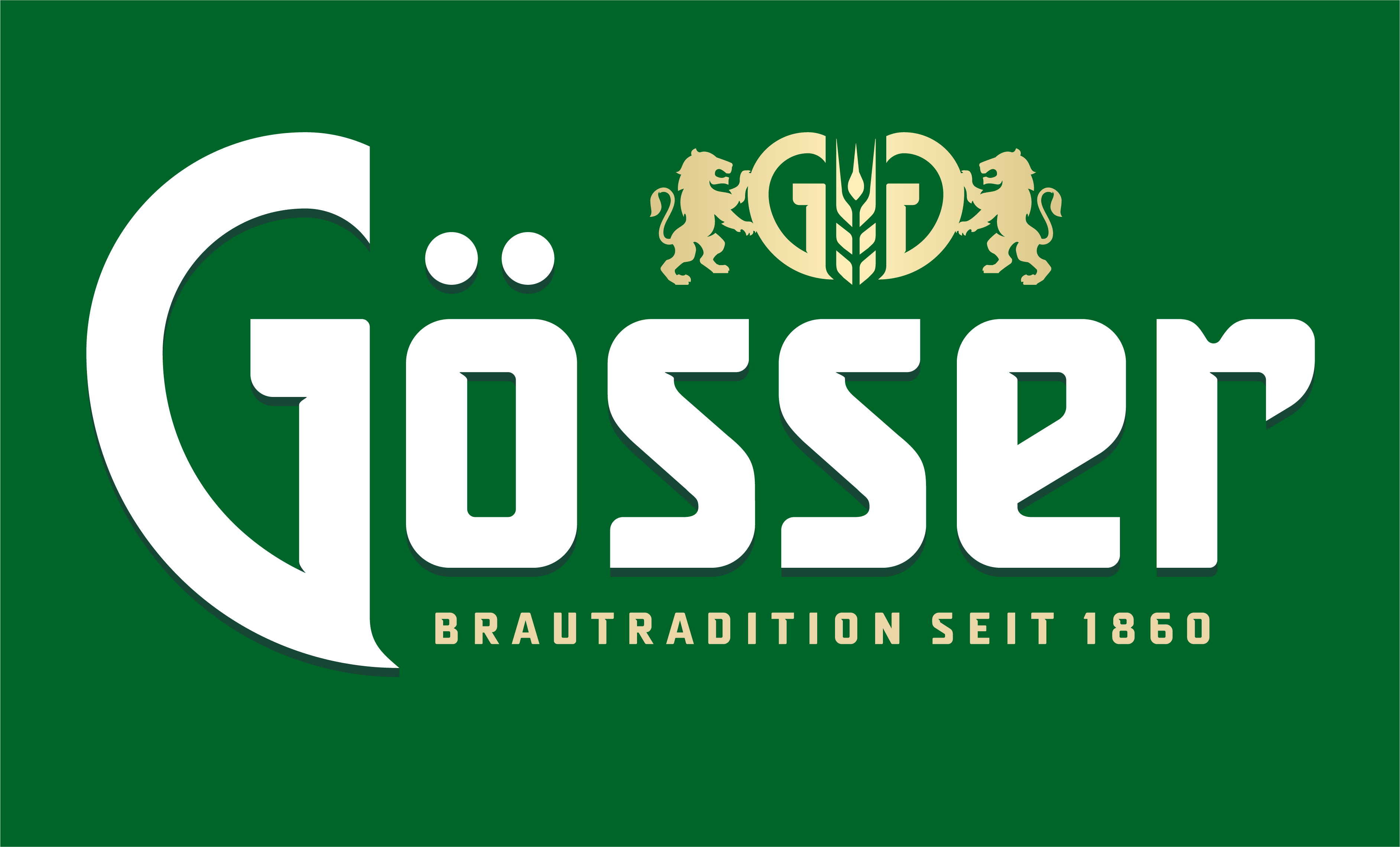NEWS: Tickets now available at www.skiaustria.com !
Arlberg Kandahar Race

Historical review of the Arlberg Kandahar race
An important cornerstone in the history of the Arlberg Kandahar Race (AK) is the emergence of a - British, mind you - ski club in Mürren, Switzerland, which was founded by the Englishman Sir Arnold Lunn, one of the British ski pioneers, along with nine other Britons. We are talking about the Kandahar Ski Club, which still exists today.
The purpose of the association was "to raise the standard of downhill and slalom and to promote the international recognition of these disciplines". Sir Arnold Lunn, a tireless campaigner for the recognition of the alpine disciplines of downhill and slalom, met Hannes Schneider in 1927 and decided to join forces with the "ski god" of the 1920s.
In the winter of 1927, members of the English Kandahar Club and the Arlberg Ski Club organised a ski race in St. Anton. Lunn set out a so-called "slalom" for the schoolchildren using bamboo poles - a new type of skiing for the Arlberg. More than 20 young people from St. Anton had a lot of fun curving around the poles. The enthusiasm of everyone involved encouraged Arnold Lunn and Hannes Schneider to organise a combined alpine competition consisting of slalom and downhill skiing the following year. That was the birth of the Arlberg Kandahar race.

Name Arlberg Kandahar
The name Kandahar goes back to the British officer Lord Frederick Sleigh Roberts - an English colonial hero. As commander of the British occupying army, he was appointed "Earl of Kandahar" by His Majesty on his return from Afghanistan. When the first classic downhill race took place in Crans Montana in 1911, General Roberts of Kandahar, a winter sports enthusiast, spontaneously donated the "Roberts of Kandahar Cup". In honour of the ski fanatic Roberts, Arnold Lunn and the two founding clubs named the first combined downhill and slalom race the "Kandahar Race".
What made the Arlberg Kandahar race so special
It was "not a competition", but "a party", or if it was a competition then "an ideal one in the ancient sense filled with noble sporting spirit" as Sir Arnold described the AK. In a word, it was something for gentlemen. There were no country names, no anthems, only the flag of the organising country was raised.
The first Arlberg Kandahar race
The premiere of the Arlberg Kandahar race took place on 3 and 4 March 1928 on the Galzig. On a fast, extremely hilly 4.2 kilometre course that commanded the respect of the skiing world. The slalom was also held on the Galzig. 45 skiers took part in the first race - a year later - 130, the following year 170.
1930: Official recognition of alpine ski races by the FIS
The "alpine combination" of downhill skiing and slalom has existed from the very beginning. However, it was not until 1930 that the FIS, which was dominated by the Nordic disciplines, officially recognised alpine ski racing. 6 years earlier, at the first Winter Olympics in Chamonix, only ski jumping and cross-country skiing were recognised as ski disciplines. In the FIS, the Scandinavians were in charge, who thought that "alpine" skiing was a quirky English idea. "Anyone who just wanted to ski down a slope was obviously too lazy to do proper cross-country skiing and too cowardly to jump a ski jump - a sport for wimps." Despite these opinions, Sir Arnold did not give up and managed to get the FIS on his side.
Venues of the Arlberg Kandahar race
In 1929 and 1930, the Arlberg-Kandahar remained in St. Anton. From 1931, it was moved to Switzerland, to Mürren, following an English-Austrian agreement. From then on, both locations alternated in hosting the event. In 1948, Chamonix was added as a dirtter Kandahar event partner, followed by Sestrière and Garmisch-Partenkirchen in the 1950s.
At the beginning of the 1970s, organisational difficulties mounted - Mürren and Sestrière dropped out due to excessive financial burdens.
Imprint | Privacy policy | GTC
Copyright 2007-2024 © Arlberg Kandahar Race.
All rights reserved.
























